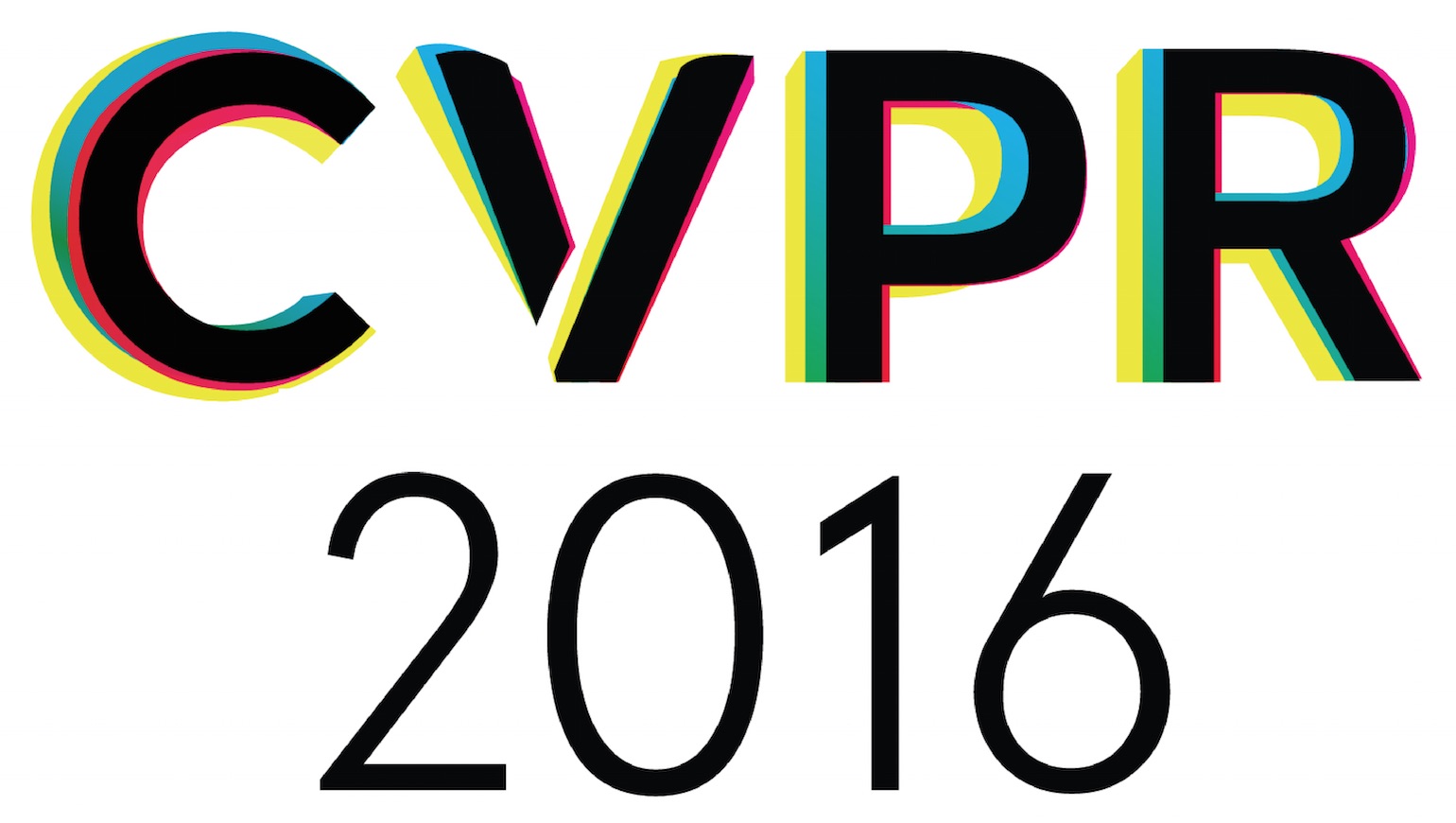-
CALIPER: Continuous Authentication Layered With Integrated PKI Encoding Recognition
AbstractArchitectures relying on continuous authentication require a secure way to challenge the user's identity without trusting that the Continuous Authentication Subsystem (CAS) has not been compromised, i.e., that the response to the layer which manages service/application access is not fake. In this paper, we introduce the CALIPER protocol, in which a separate Continuous Access Verification Entity (CAVE) directly challenges the user's identity in a continuous authentication regime. Instead of simply returning authentication probabilities or confidence scores, CALIPER's CAS uses live hard and soft biometric samples from the user to extract a cryptographic private key embedded in a challenge posed by the CAVE. The CAS then uses this key to sign a response to the CAVE. CALIPER supports multiple modalities, key lengths, and security levels and can be applied in two scenarios: one where the CAS must authenticate its user to a CAVE running on a remote server (device-server) for access to remote application data, and another where the CAS must authenticate its user to a locally running trusted computing module (TCM) for access to local application data (device-TCM). We further demonstrate that CALIPER can leverage device hardware resources to enable privacy and security even when the device's kernel is compromised, and we show how this authentication protocol can even be expanded to obfuscate direct kernel object manipulation (DKOM) malwares.
Related Material
[pdf][bibtex]@InProceedings{Rudd_2016_CVPR_Workshops,
author = {Rudd, Ethan M. and Boult, Terrance E.},
title = {CALIPER: Continuous Authentication Layered With Integrated PKI Encoding Recognition},
booktitle = {Proceedings of the IEEE Conference on Computer Vision and Pattern Recognition (CVPR) Workshops},
month = {June},
year = {2016}
}
These CVPR 2016 workshop papers are the Open Access versions, provided by the Computer Vision Foundation.
Except for the watermark, they are identical to the accepted versions; the final published version of the proceedings is available on IEEE Xplore.
Except for the watermark, they are identical to the accepted versions; the final published version of the proceedings is available on IEEE Xplore.
This material is presented to ensure timely dissemination of scholarly and technical work.
Copyright and all rights therein are retained by authors or by other copyright holders.
All persons copying this information are expected to adhere to the terms and constraints invoked by each author's copyright.

